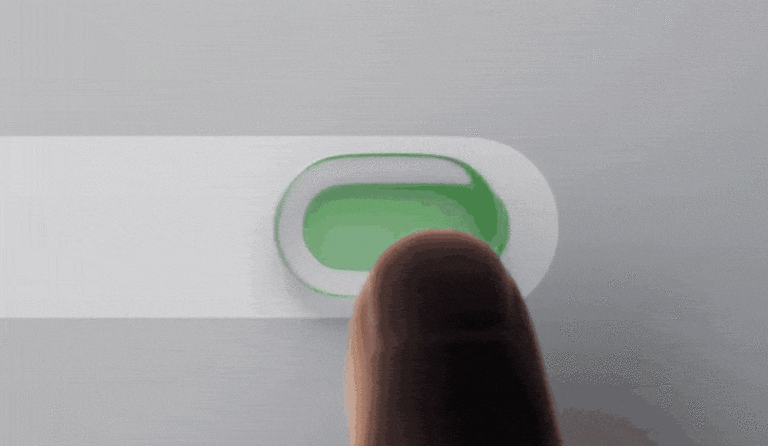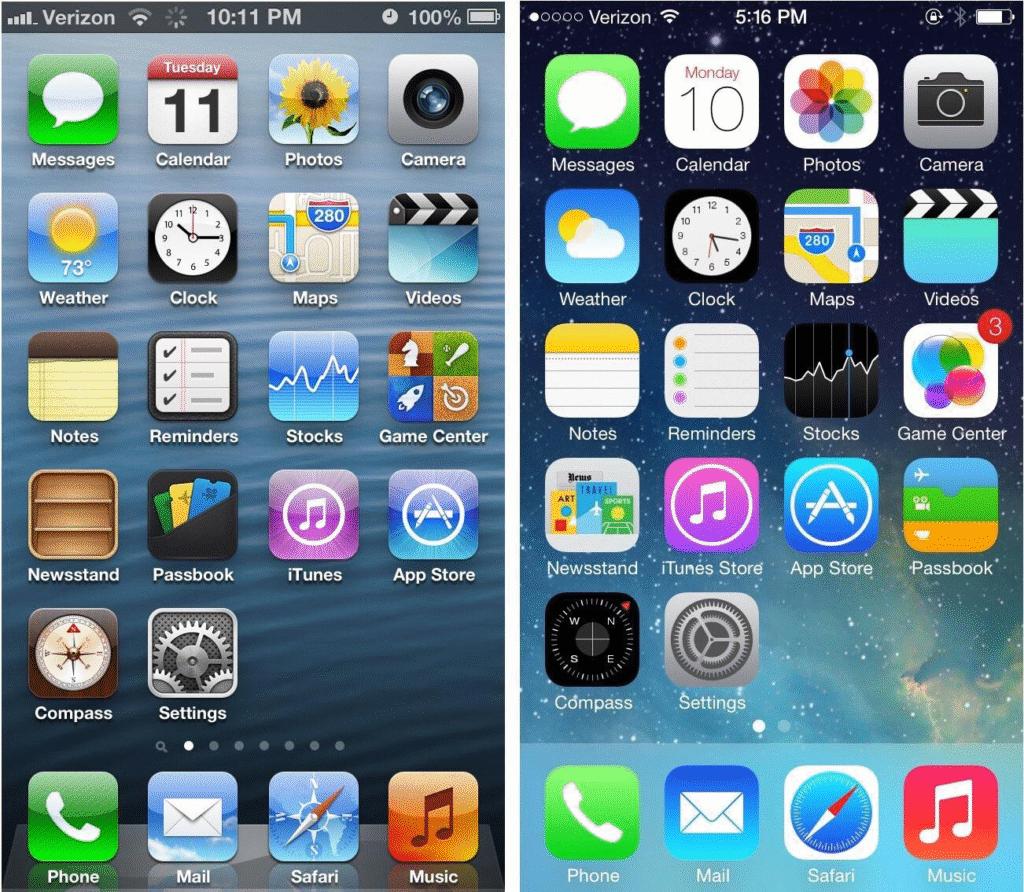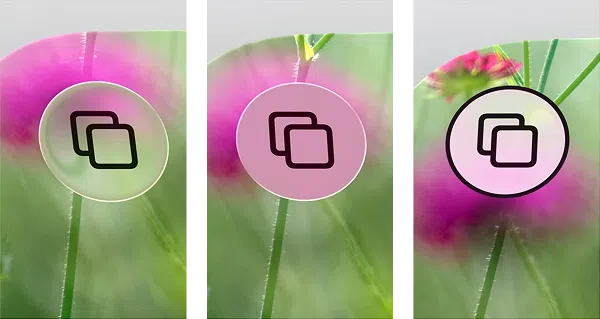The Evolution of Meta-Matter in XR and the Reconstruction of Spatial Knowledge

Introduction — Liquid Glass and the New Optics of Digital Matter
Apple’s introduction of Liquid Glass in iOS 26 marks more than a visual refresh. It represents a shift from “interface as image” to interface as material — a digital matter that reads the external world and adjusts itself accordingly.
Liquid Glass is not a decorative gloss. It is an optically intelligent surface that:
- receives environmental data (light, depth, background texture),
- recalibrates its behavior in real time,
- organizes interface hierarchy through context-aware responses.
This aligns precisely with XR’s underlying logic, where digital elements must continually negotiate with the physical environment through scene understanding mechanisms such as depth sensing, occlusion, and real-time reconstruction.
In 2023, in my Meta Materials // Droplets project, I proposed that digital matter does not simply represent reality — it reconstructs it. Liquid Glass now brings this argument into the operating system itself.
1. Why Liquid Glass Is a Meaningful Breakthrough
Liquid Glass behaves less like a graphic and more like a computational material. Apple defines it as a unifying substrate across iOS, iPadOS, macOS, watchOS, and tvOS — a single behavioral material that governs light, refraction, frost, blur, and contrast.
In practice, this means:
Liquid Glass produces behavior, not appearance.

Its adjustments — more frost for readability, denser blur for focus, increased opacity for contrast — are ergonomically driven responses to environmental complexity.
This transforms Apple’s UI into something closer to a material simulation engine than a traditional graphic layout system.
2. From Representation to Materiality: A Short History of Apple’s UI
Apple’s design vocabulary has historically oscillated between two paradigms:

• Skeuomorphism (pre-iOS 7)
Leather textures, stitched edges, glossy glass effects — metaphors to orient new users.
• Flat design (iOS 7 → iOS 26)
A clean, geometric, platform-efficient approach that prioritized performance.
But flat design hits a limit in spatial computing.
It cannot articulate depth, embodiment, or spatial negotiation.
Liquid Glass represents a shift away from representational aesthetics toward a material-level optic — a substrate that forms the perceptual logic of spatial interfaces.
This is not a return to skeuomorphism; it is computing via material behavior, not via metaphor.
3. Why XR Requires Meta-Materials

In XR, digital elements must behave under the same perceptual constraints as physical objects.
If depth, occlusion, light, and reflectance fail to align, immersion collapses.
This is why XR requires meta-materials — digital materials that are:
- sensitive to environmental data,
- reactive to depth and occlusion,
- capable of adjusting focus and hierarchy,
- consistent with physical optics.
Apple’s ARKit and RealityKit pipelines supply:
- depth maps,
- polygonal scene meshes,
- occlusion systems,
- surface classification.
Liquid Glass is the material-level interface built on top of these infrastructural capabilities.
Liquid Glass is the optical-behavioral surface of Apple’s entire XR stack.
4. Parallel Trajectories: Meta Materials and Liquid Glass
In Meta Materials // Droplets (2023), I proposed that:
Digital matter is not fixed. It is a responsive, morphogenetic entity shaped by environmental data and bodily experience.

Liquid Glass demonstrates a similar principle at industrial scale:
- dynamic opacity,
- context-aware frost,
- noise-adaptive blur,
- platform-wide behavioral consistency.
This is not a claim of origin; it is a conceptual parallel.
Both approaches suggest that digital matter is shifting from:
- static → dynamic
- representational → behavioral
- image → material logic
Liquid Glass validates the idea that digital matter can be designed as an active participant in perception.
5. Philosophical Grounding: Kant, OOO, and XR Materiality
Kant and Intrinsic Qualities
Kant understood materials through intrinsic properties: color, density, opacity, brightness.
In XR, these qualities are no longer fixed; they are distributive capacities that shift with context:
- light affects opacity,
- depth affects blur,
- motion affects reflectance.
Qualities become relational phenomena, not inherent predicates.
Object-Oriented Ontology (OOO)
OOO argues that objects hold internal potentials that exceed what is visible.
XR materials embody part of this idea:
- they inherit qualities from their surroundings,
- redistribute attributes,
- enact internal behavioral rules.
Yet XR materials are not autonomous in the OOO sense; they exist within a relational ecology, shaped by environment–body–interface exchanges.
OOO’s core contribution — that qualities circulate among objects — becomes explicitly tangible in XR.
6. Embodied Reality Experience: Where Body and Material Co-Create Space
Spatial computing reframes reality as something produced with the body, not merely perceived by it.
In Meta Materials:
- surfaces intensify when the body approaches,
- dissolve when distance increases,
- shift rhythmically with movement.
Liquid Glass, too, responds to:
- gaze direction,
- positional orientation,
- ambient light.
Both produce a hybrid field of experience, where real and digital matter co-construct a perceptual space.
Material becomes a joint event between body and environment, not a static interface layer.
7. Conclusion — The Material Logic of the New Reality
Meta Materials, Liquid Glass, XR infrastructure, Kant’s theory of qualities, and Object-Oriented Ontology converge on a shared realization:
In XR, materiality is no longer defined by substance, but by behavior, relation, and context-driven transformation.
Liquid Glass symbolizes this shift at the level where it matters most: the operating system.
It extends the legacy of flat design into a new phase where interface becomes computational matter, shaped by environment, perception, and embodiment.
The question for designers and researchers is no longer:
“What should the interface look like?”
but rather:
“What material behaviors will construct the reality we experience?”
Bir yanıt yazın